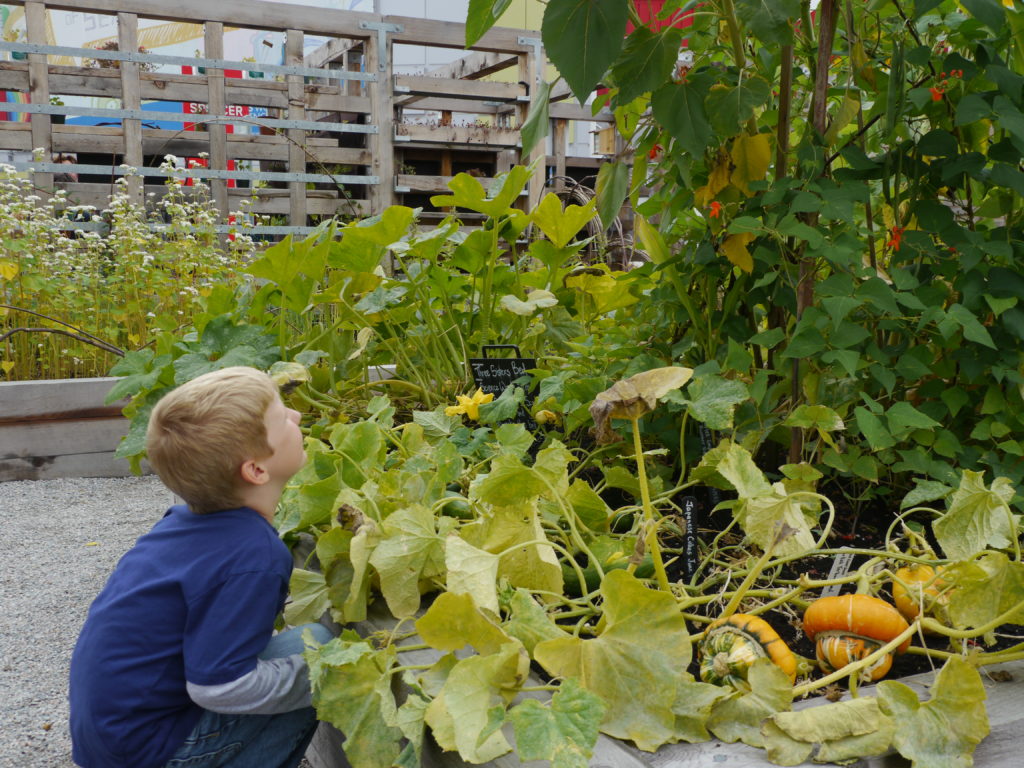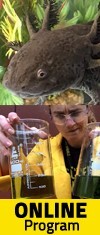Objectives
Materials
Key Questions
-
Did you find something that you have never noticed before?
-
What items were the most difficult to find? Which were the easiest?
-
What signs of life (living things) are in your community?
-
What do these living things need to survive and thrive?
-
What environmental factors directly affect these living things?
What To Do
Preparation:
Make a lists of natural objects that can be found in your schoolyard or neighbourhood. Use the provided list, search the internet for lists, and for younger students, use pictures of the items they need to collect.
Consider the following items to help you create your own list.
Sample Urban Exploration List
Find:
- Something hairy/furry
- 2 kinds of seeds
- 2 pieces of human-made litter
- A spider web
- Something smooth
- Something rough
- 2 different types of leaves
- Something that makes a noise
- Something with a hole in it
- A beautiful rock
- Something that you think is beautiful
- A pine cone
- Something green
- A piece of bark
- Something blue
Activity:
- Hand out bags, lists and pencils.
- Go outside to the exploration location.
- Have the students collect as many items as they can in a given amount of time.
- As a group, sort through and discuss the collected items before heading back inside.
- Have students put the items back where they were found.
Extensions
-
An exploration for older students might be based on clues like these: something older than you; something younger than you; something that needs water to live; something of each colour of the rainbow.
-
Rather than collecting objects, students could use cameras to photograph their finds.
-
For older classes, consider creating an Community Inventory of organisms: see the Project Wild PDF in Other Resources.
Other Resources
Project Wild | Community Science Inventory Methods PDF

 copy.jpg)
